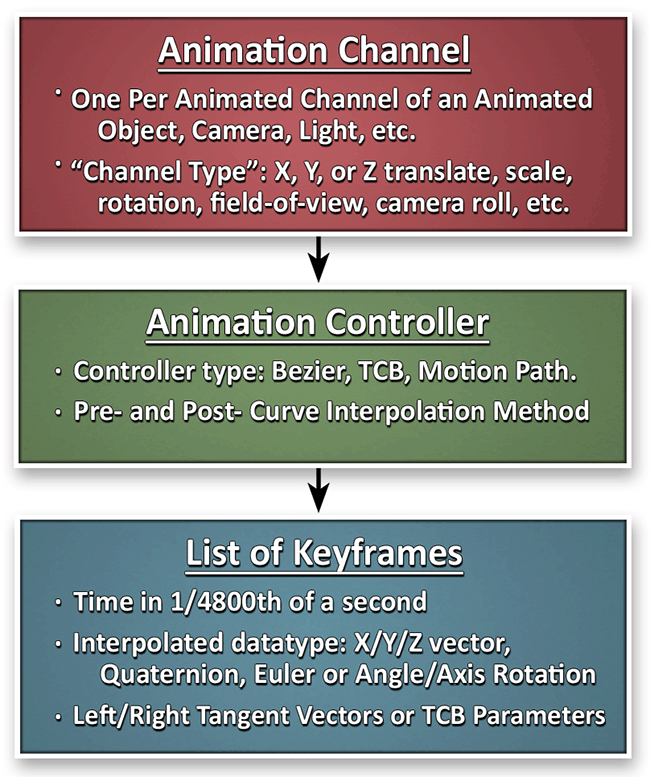Hi, I'm looking for info on this converter as well. The link supplied is stale; it redirects to an overview of DirectX which best I can tell does not cover this topic. Any idea where I can find this converter from.fbx to.sdkmesh? Wednesday, April 11, 2012 5:30 PM.

The DirectXMesh library does not include file I/O operations for reading or writing geometry, and is focused on processing memory buffers of indices and vertices. The primary reason for this design decision is that there are numerous geometry formats all of which have various pros and cons, and it is extremely difficult to write a policy-neutral, generally useful mesh library that presumes specific formats are in use.There are a number of geometry container formats that are in common use with Direct3D:Autodesk FBXThe Autodesk FBX file format is an interchange format for 3D assets. It is extremely useful as a source file format, but makes a poor runtime format as it's far too heavy-weight. The most common use of the FBX SDK is to create exporters that extract the needed data and writing to the a custom runtime format.CMOCompiled Mesh Object (CMO) is a simple runtime format that is supported by the Visual Studio content pipeline (introduced in VS 2012). This support provides the ability for Visual Studio to build a CMO from an Autodesk FBX, Collada DAE, or Wavefront OBJ file.CMO is supported as a runtime format for DirectXTK's Model class.To aid in debugging, here is a for dumping out the content of a CMO in a human-readable form.Collada DAECollada DAE is a interchange format for 3D assets that is useful as a source format, but makes a poor choice as a runtime format.glTFGL Transmission Format 2.0 is an open source 3D asset format that consist of a JSON text file and binary blob files.
I writing an fbx converter for our small game engine. I stuck with rendering the Model using the animation. The matrix for each timestamp look allright and when I render just the bones it also looks like the the orginal animation. I made some snapshot to show my problem. I just can't figure out whats wrong.
Instead of calculating 'skin transform' for a vertex, I'd advise to calculate transformed vertex using provided transform, then get combined poisition using weights. Interpolating two matrices really isn't a very good idea. Float4 worldPosition = 0;worldPosition += mul(input.Position, MatrixPalletteinput.boneIndicies.x).
Amiga kickstart roms. Wait a few seconds.
Unwrapped 3d Model
input.Weights.x;worldPosition += mul(input.Position, MatrixPalletteinput.boneIndicies.y). input.Weights.y;worldPosition += mul(input.Position, MatrixPalletteinput.boneIndicies.z). input.Weights.z;worldPosition += mul(input.Position, MatrixPalletteinput.boneIndicies.w). input.Weights.w;However, when you see such deformed object, normally it means that you forgot to multiply matrix pallette by 'inverse bone transform'.
Inverse bone transform is transformation matrix bone had in 'skin parade' pose (i.e. Original pose in which object has been rigged).
Fbx To Obj Converter
To calculate proper position of skinned object, in matrix pallette you should store combined transform = inverse(skinParadeTransform).currentTransform. Current transform is transformation bone has in current animation hierarchy, and skinParadeTransform is original bone transofmration in 'skin parade' mode. Inverse is matrix inversion (yep, you'll have to do it).